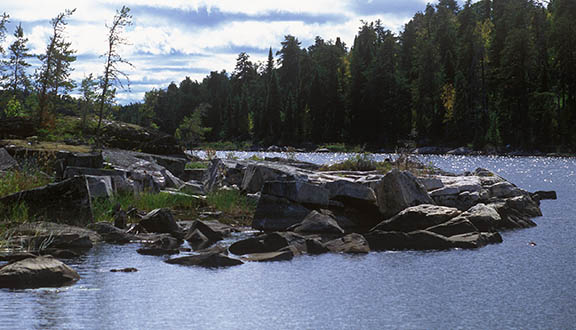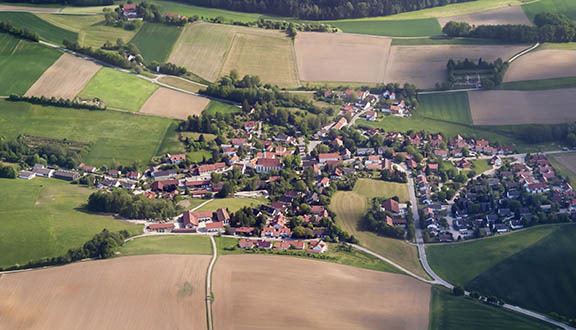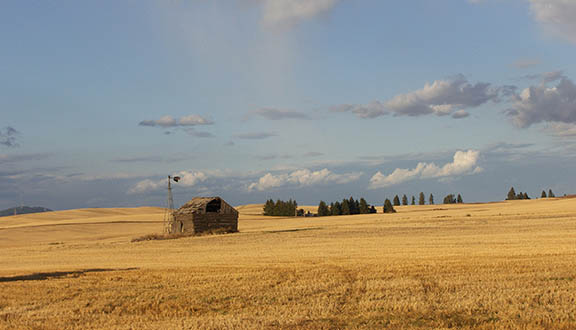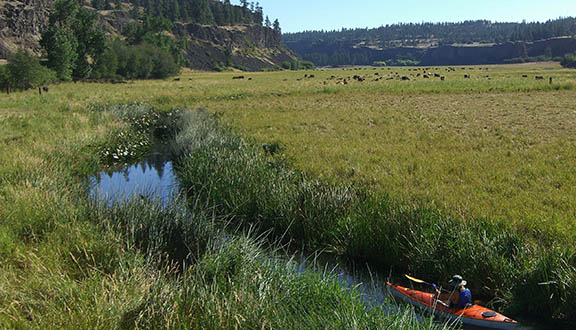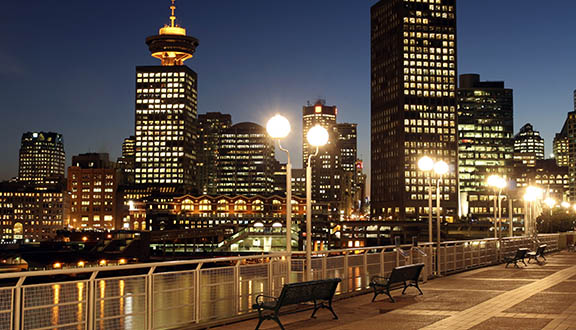-
A 50-year Journey to Discover a Fun, Comfortable Way to Learn Landscape Architectural Design (3/38)
I hope that all who have discovered this unpacking of storytelling, storyboard approach to landscape, architectural, and interior design are enjoying it. When we consider landscapes (or architecture or interiors) as texts, designers as authors of those texts, and the end-users as the readers of those texts, good storytelling becomes good design. A summary of…
-
A 50-year Journey to Discover a Fun, Comfortable Way to Learn Landscape Architectural Design (2/38)
There I was in my first design studio with my twenty, or so, new classmates, all eager to become a professional landscape architectural designer. Given a few mimeographed handouts (yes it was that long ago) we were asked to design a residence for a family of four. There I was believing I’d never designed anything…
-
A 50-year Journey to Discover a Fun, Comfortable Way to Learn Landscape Architectural Design (1/38)
This is the first in a series of 38 installments introducing and exploring a fun, comfortable way to learn architectural, landscape architectural, and interior design. Drawn from the recently released Landscape as Storytelling (2022, Routledge), the approach is based upon how we learned to read, write, and, more importantly, tell stories. Everyone is an accomplished…
-
Kids: a Fundamental Building Block in Community Resiliency #4
Four decades of organizing and administering Canadian and United States high school and university students’ collaborative work with local professionals, municipal staff, business owners, and neighborhood activists informs Living2Learn’s efforts to integrate community-driven, project-based learning into K-12 classes. Working shoulder-to-shoulder with community members, students give new meaning to education, for that matter to life-long learning.…
-
Kids: a Fundamental Building Block in Community Resiliency #3
Before delving into building a community’s resilience on the resilience traits found in youth we need to recognize (admit to) a number of facts too often taken for granted. Kids are the future. They are freer, more innovative thinkers than many adults. Their own, personal resilience is reinforced as they contribute to that of their…
-
Kids: a Fundamental Building Block in Community Resiliency #2
A longitudinal study spanning 40+ years (Werner, 2005), and supported by numerous shorter studies (Zolkoski and Bullock, 2012; Werner, 2005a), illuminates the resilience potential in youngsters. What is intriguing is that those characteristics are reflective of the attributes found in resilient communities. My hypothesis is that the social and environmental attributes that foster resiliency in…
-
Kids: a Fundamental Building Block in Community Resiliency #1
Resiliency is in relationships: people knowing people; people trusting people. Resiliency relationships develop over weeks, months, and even years. They grow out of those daily routines that have people regularly crossing paths with such frequency that they cannot help but take the opportunity to come to know of and about each other. Resiliency relationships are…

